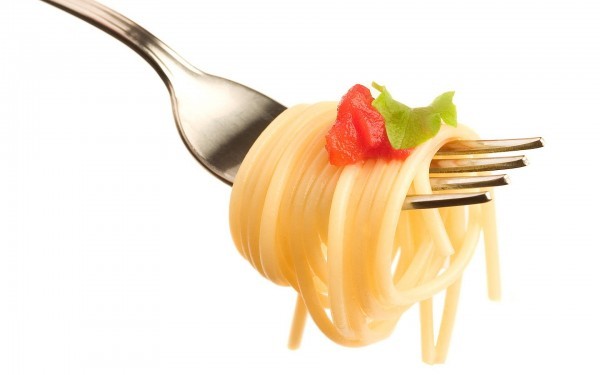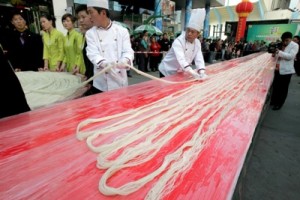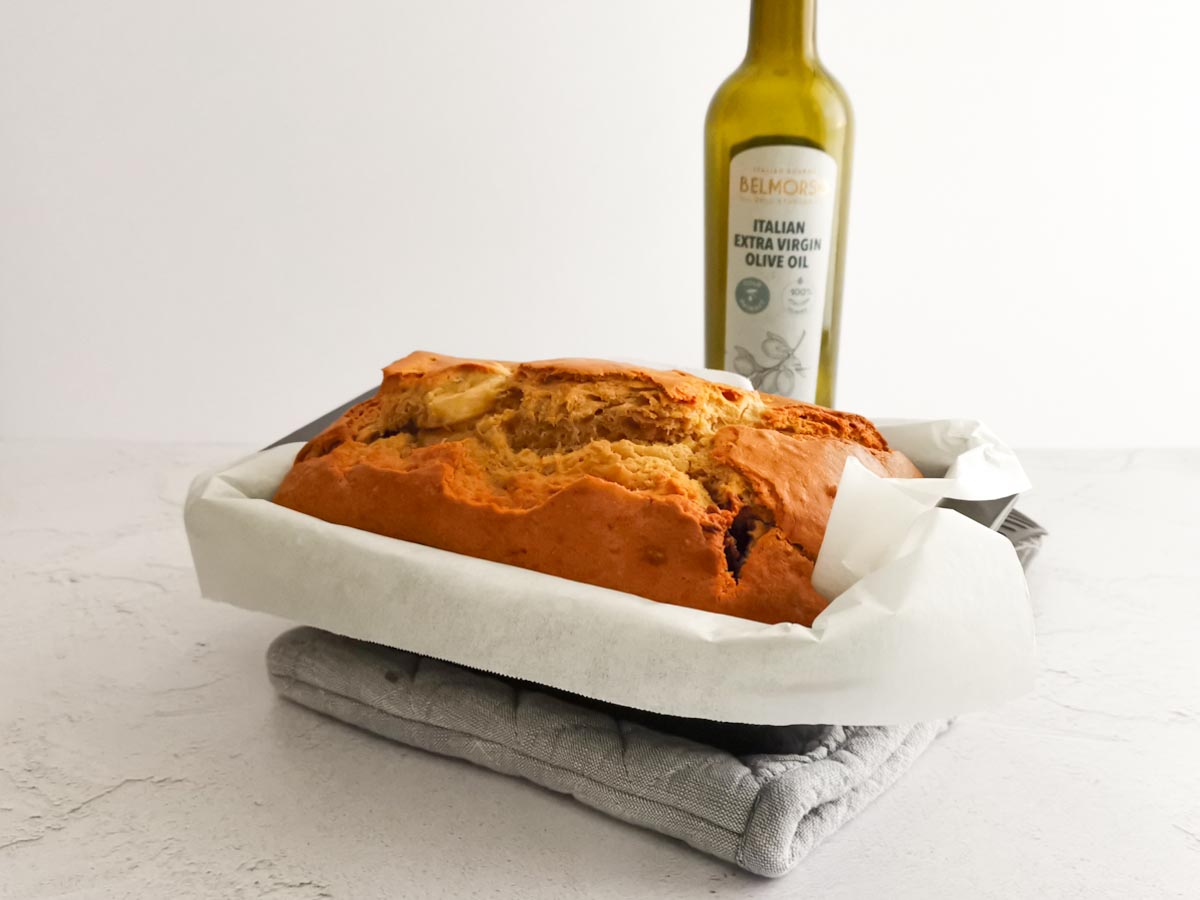
The Pasta Teller – Chapter 3: Spaghetti
“Spaghetti“ are doubtless the most famous shape of pasta, well known all around the world: long, thin and with a round section. The dough is composed just by durum wheat flour and water. The characteristic shape is given thanks to the ancient handcrafting techniques of the “wire-drawing” pasta. If the process is made with brass tools, the pasta acquires a rough surface, perfect for absorbing sauces.
There has always been a great controversial about spaghetti among the Chinese, the Arabian, or the Italian: who was the first, who invented this kind of pasta? The journalist Beniamino Natale, who is also a chinese interpreter, supports the playful belief that “even if the chinese or arabian invented the spaghetti, for sure the italians are able to cook them better”.
The first proofs of the spaghetti were found in the Indo Valley in the VI century BC. There, the leftovers of the pasta dough of the Bahawalpur Sultan were used as meal by the kitchen servants of the palace, following a curious and probably not very tasty recipe, dressing the spaghetti with apple cores. At that time the spaghetti were still unnamed, and they deserved finally a proper name just when the youngest son of the sultan noticed the pasta, shouting “What’s that? They are straight as my father’s soldiers!”. In fact, the servants used to dry the spaghetti under the sun, to conserve them for a longer time. In that area of Arabia, the name for “soldier” was “sipahee“, and immediately this happy coincidence fascinated the cooks and servants: the “spaghetto” was born!
Surprisingly, spaghetti didn’t spread to the Occident until the XIII century, when the famous explorer Marco Polo, traveling from Catai to Bandar Abbas, was invited to try a delicious local meal: spaghetti with prawns. Marco Polo felt in love with this dish and he asked for the recipe of the pasta, called “spahi” by Persians (the equivalent of “sipahee“), and when he was back in Venice in 1295 AC he began to promote it.
Actually, someone thinks that the spaghetti arrived in Italy even earlier, in 1000-1100 AC, thanks to the Arabian, who exported them in Sicily, and, from there, also in the entire Mediterranean area.
In Italy, the name “spahi” was pronounced “spaghi“, and then it became “spaghetti“, as affectionate nickname.
The reason why now the spaghetti are worldwide linked with Italy is for the drying process. Namely, due to the ideal italian climate trends, this process could proceed in the best way, from inside to outside, avoiding the internal rot. The first pasta manufacturing factories dated back to 1794 in Savona, Genova and Imperia, but, actually, the ideal areas for the pasta manufacturing were Naples and Gragnano, where the spaghetti arrived few years later.
In 1861 the major pasta producers were the inhabitants of Gragnano, and for this reason this city of Campania was recognized as the official birthplace of pasta, praised by writers and poets. Nowadays, “Gragnano” is still one of the best brands of pasta, famous for its high quality level products.
The most renowned recipe for spaghetti is probably the simpliest one: spaghetti with tomato sauce! Actually you can dress spaghetti with almost everything you like.
There are several varieties of pastas, similar to spaghetti, such as flavoured spaghetti (squid ink or basil flavoured spaghetti), the “vermicelli“, which have a slightly bigger diameter, the “capelli d’angelo” that literally means “angels hairs” and that are thinner and lighter.
A funny curiosity: until the XIX century, in Naples, the spaghetti were eaten still with hands, instead with forks, as in the Middle Age, when the cutlery still didn’t exist.
The last anecdote: the longest spaghetto of the world is 455 meters long and it was made by Ranieri Borgnolo on the 10th of September 2005 in Germany, deserving a place in the Guinnes World records Book of 2008.
Therefore, when you will eat a bowl of “soldiers”, don’t forget that you’re going to eat more than 2000 years of history!








